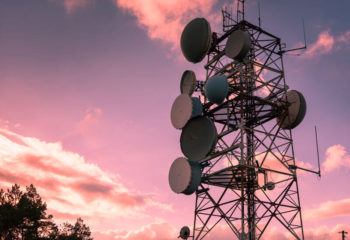Kinetic Energy Science Games
8 gamesIn this series of games, your students will learn about the different types of stored or potential energy. The Kinetic Energy learning objective — based on NGSS and state standards — delivers improved student engagement and academic performance in your classroom, as demonstrated by research.
Scroll down for a preview of this learning objective’s games and the concepts they drive home.
Concepts Covered
Energy is the ability to do work, which can cause a change in motion. The energy of motion is called kinetic energy, and anything that is moving — whether an electron or a galaxy — has kinetic energy.
An object’s kinetic energy (*KE*) depends on its mass (*m*) and velocity (*v*). The equation for kinetic energy is *KE = ½mv**2*, so the greater the mass and the greater the velocity, the greater the kinetic energy. The unit for energy is joules.
An object with more kinetic energy has a greater capacity to do work, causing a change in motion or doing damage. That’s why objects that are larger (greater mass) and moving vaster (greater velocity) have more capacity to do damage.
Kinetic energy exists in many different forms. For example, mechanical energy is the energy of an object moving between two places. Sound comes from vibrations transmitted by waves. Thermal energy is the vibrational energy of particles. Electrical energy is the motion of charged particles.
A preview of each game in the learning objective is found below.
You can access all of the games on Legends of Learning for free, forever, with a teacher account. A free teacher account also allows you to create playlists of games and assignments for students and track class progress. Sign up for free today!






